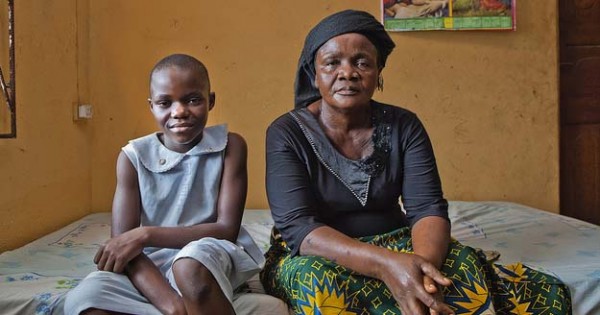
As I reported here last week, thousands of people every year—mainly older women and children in Africa, Asia, and the Middle East—are accused of witchcraft. The ostracizing of African children was documented in a 2010 United Nations study, and since then some action to help all victims has been taken.
For example, Augustine Elensi, a boy from the Nigerian state of Akwa Ibom, was kicked out of his home by his stepmother. “She said that I’m a witch,” he told the Qatar-based Al-Jazeera media network. “She beat me and said … that I’m the one that killed my late mother.”
Elensi is one of the lucky ones: offered refuge in a children’s home, he is the beneficiary of a recent state law that makes it illegal to brand children as witches and sorcerers.
Such measures are rare but necessary, according to Aleksandra Cimpric, the author of a 2010 UNICEF report entitled “Children Accused of Witchcraft.” In her report, she lists recommendations for ending the abuse of child “witches” in Africa: strengthen child protection systems, confer with religious leaders and traditional healers, and provide safety for marginalized children.
There are indeed signs of change on the horizon. In 2012, the West African state of Burkina Faso announced a plan to offer legal, financial, and psychological support to women accused of witchcraft.
Paul Cookey, a doctoral student at the Theological College of Northern Nigeria in the city of Jos, argues that concepts and terms like “witchcraft” and “sorcery” do not accurately reflect indigenous beliefs, and were introduced into Africa by European colonialists and missionaries. In many African societies, he writes in a new paper, “the witch is both someone who could cause harm as well as being someone who possesses special gifts of clairvoyance and healing.” Among the Evuzok in southern Cameroon, for example, the holder of the “witch substance,” or evu, can use it “in a positive way as a healer, seer, musician, dancer, orator, or hunter, or in a harmful way as a witch.” Unfortunately, he adds, “representations of the ‘good’ witch are losing ground to the ‘evil’ witch.”
Even so, as Cimpric notes, “irrespective of the type of so-called ‘traditional’ practices, the consequences are often the same: children are stigmatized, discriminated [against], abandoned, mistreated, tortured or even killed. … These practices [infringe upon] fundamental rights of the child as enshrined in the [1989] Convention on the Rights of the Child.”

